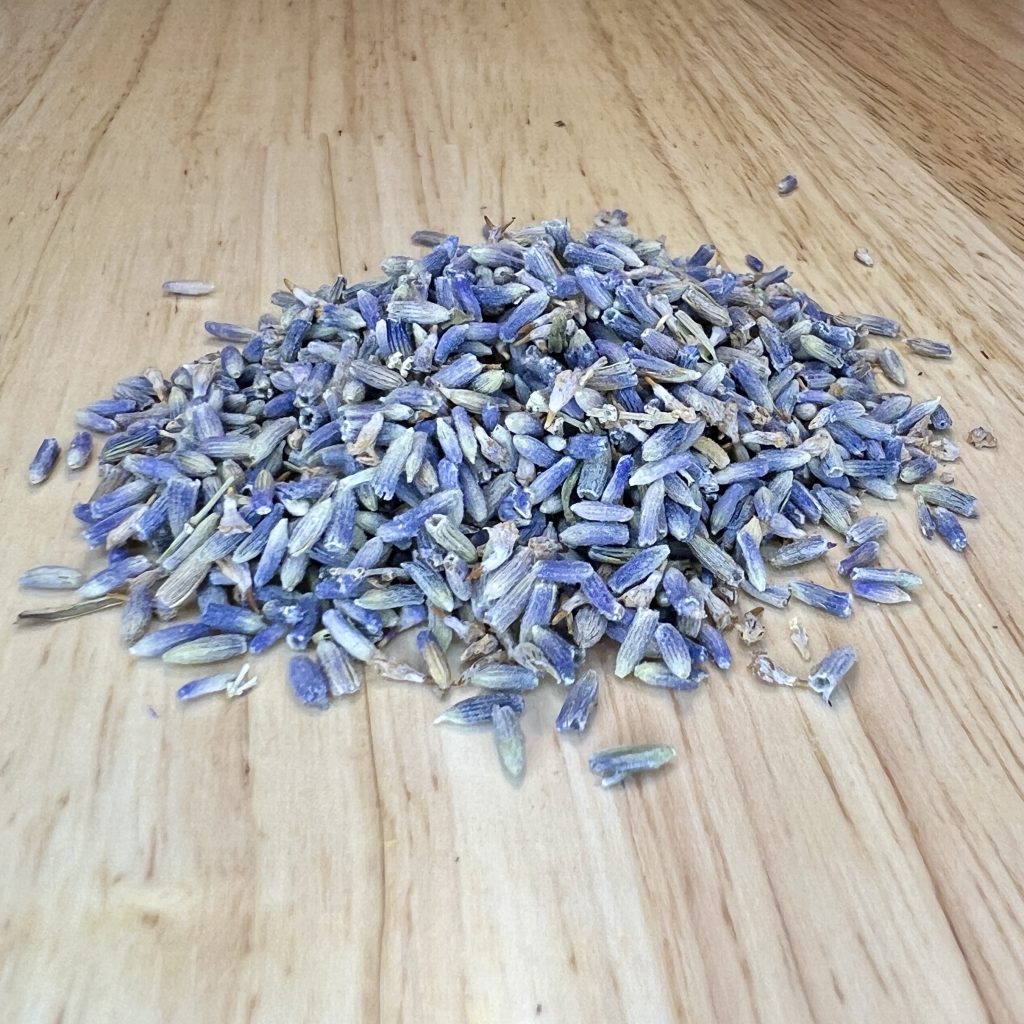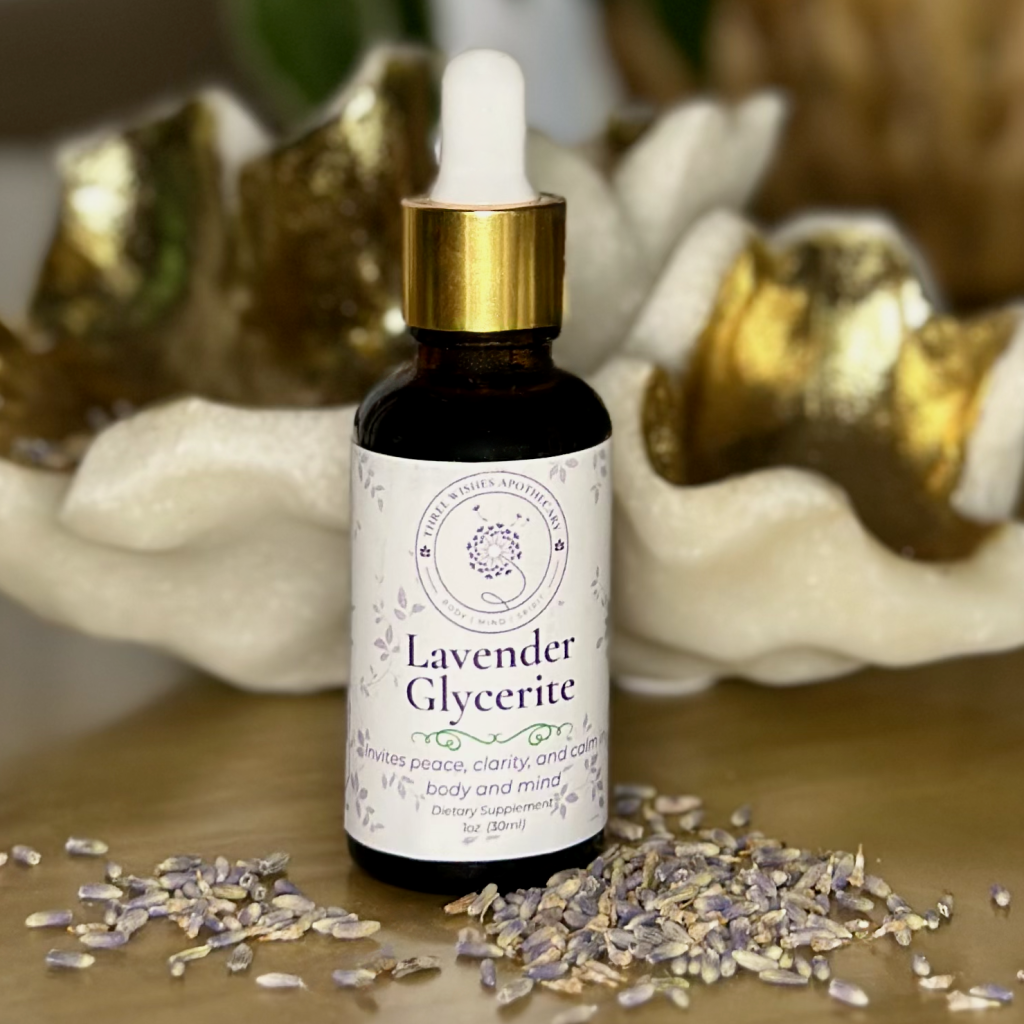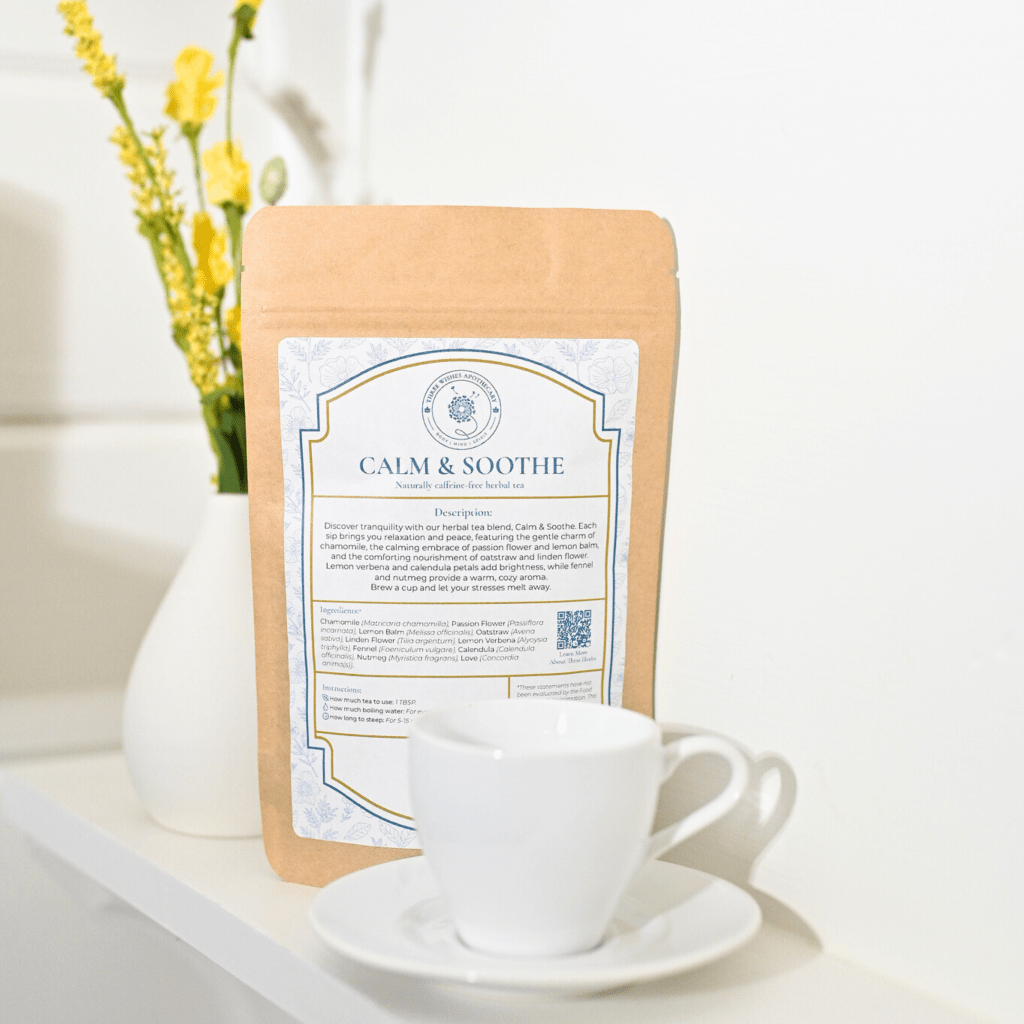Medicinal Action

Uterine stimulant
Uterine stimulants are herbs that work by promoting contractions of the uterus, making them useful for inducing or supporting labor, encouraging menstrual flow, or helping the uterus return to its normal state after childbirth. These herbs can be quite powerful and should be used with care, typically under the guidance of a healthcare provider or experienced herbalist.
Blue cohosh (Caulophyllum thalictroides) is a traditional uterine stimulant that has been used to promote labor and assist with difficult deliveries by stimulating uterine contractions. Black cohosh (Actaea racemosa) is another herb that is sometimes used in combination with blue cohosh to help coordinate and strengthen uterine contractions, making it supportive in preparation for labor.
Dong quai (Angelica sinensis) can be used as a mild uterine stimulant to promote menstrual flow, especially in cases of stagnation or delayed menstruation. Motherwort (Leonurus cardiaca) is also known to gently stimulate the uterus, making it helpful for promoting menstrual flow and easing delayed or scanty periods.
Parsley (Petroselinum crispum) is often used as a mild uterine stimulant to help encourage menstrual flow in cases of amenorrhea (absence of menstruation). Rue (Ruta graveolens) has historically been used as a potent uterine stimulant, but it requires extreme caution due to its strength and potential toxicity.
It is important to note that uterine stimulants should never be used during pregnancy unless specifically indicated to induce labor under professional supervision, as they can trigger premature contractions. These herbs can be highly effective but should be approached with caution and used responsibly.






